Cement firms get concrete feet
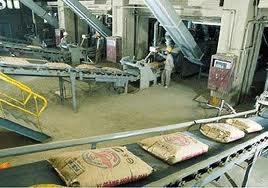 Vietnam Cement Association (VCA) figures show that 19 million tonnes of cement were made in the first five months of 2012, a 17 per cent on-year fall, with a 8 per cent fall in consumption to below 19 million tonnes.
Vietnam Cement Association (VCA) figures show that 19 million tonnes of cement were made in the first five months of 2012, a 17 per cent on-year fall, with a 8 per cent fall in consumption to below 19 million tonnes.
Based on this five-month performance, the local cement consumption full-year forecast is just 47-48 million tonnes, far below the Ministry of Construction’s 55-56 million tonnes forecast.
By end of May 2012, cement sector’s inventory came to 3.5 million tones and many firms were selling at discount rates using diverse sales promotion methods.
“Apart from struggling to boost sales as supply far eclipsing demand, firms under state cement conglomerate Vicem are being hurt by low pricing and extensive sales promotion offered by new cement plants,” said Vicem Hoang Mai Joint Stock Company’s general director Hoang Xuan Vinh.
Plugging sales, difficulties in accessing loans and high interest rates have hurt many firms.
For instance, Cosevco 6’s 500,000 tonne per year capacity Ang Son 1 plant, based in central Quang Binh province, had to stop operations from early 2012 as it owed to customers VND100 billion ($4.7 million) and still had no source for repayment.
“For the plant to resume operations, the company would need at least several dozen billion Vietnam dong to supplement its working capital. We are sourcing support to rescue the plant through teaming up with other local and foreign partners, but no investor wants to climb onboard,” said Cosevco 6’s general director Phan Van Dien.
In another case, Chieng Sinh Cement Joint Stock Company, based in northern Son La province, shoulders a debt mounting to VND105 billion ($5 million) from banks, social insurance and workers’ pay. Though the firm still produces, its sales are not enough to pay off the original debt and interest.
Scores of other firms, once Vicem strong members, or foreign-invested firms like Holcim and Chinfon are also in difficulty.
A recent meeting in Ninh Binh province where measures were debated to help cement firms get out of the woods suggested rescheduling debts and extending maturity of foreign loans. Besides, the VCA asked to reduce value added tax (VAT) to 5 per cent as was the case during 2008-2009.
Industry insiders, however, said as most cement projects use loans sometimes up to 80-90 per cent of their capital, scheduling debts or reducing VAT might not be the best remedies.
What the stars mean:
★ Poor ★ ★ Promising ★★★ Good ★★★★ Very good ★★★★★ Exceptional
 Tag:
Tag:
Related Contents
Latest News
More News
- Mitsubishi Estate launches Logicross Hai Phong - a milestone in logistics evolution (November 20, 2024 | 14:32)
- Semiconductor workforce partnerships deliver industry-relevant training (November 20, 2024 | 10:58)
- German Quickpack to invest $31.7 million in Long An province (November 20, 2024 | 09:31)
- Foreign-invested enterprises drive logistics investment in the southeast region (November 20, 2024 | 09:27)
- Chile visit underscores trade benefits (November 19, 2024 | 10:00)
- Trump’s second term impacts sci-tech activities and industry 4.0 technologies (November 18, 2024 | 10:00)
- Vietnam eyes nuclear revival to bolster energy security (November 14, 2024 | 16:46)
- Kyokuyo completes $13.5 million seafood factory in Vietnam (November 14, 2024 | 12:19)
- VinFast receives $3.5 billion funding from Vingroup and Pham Nhat Vuong (November 14, 2024 | 06:38)
- Localities sprint to reach FDI targets (November 13, 2024 | 10:00)


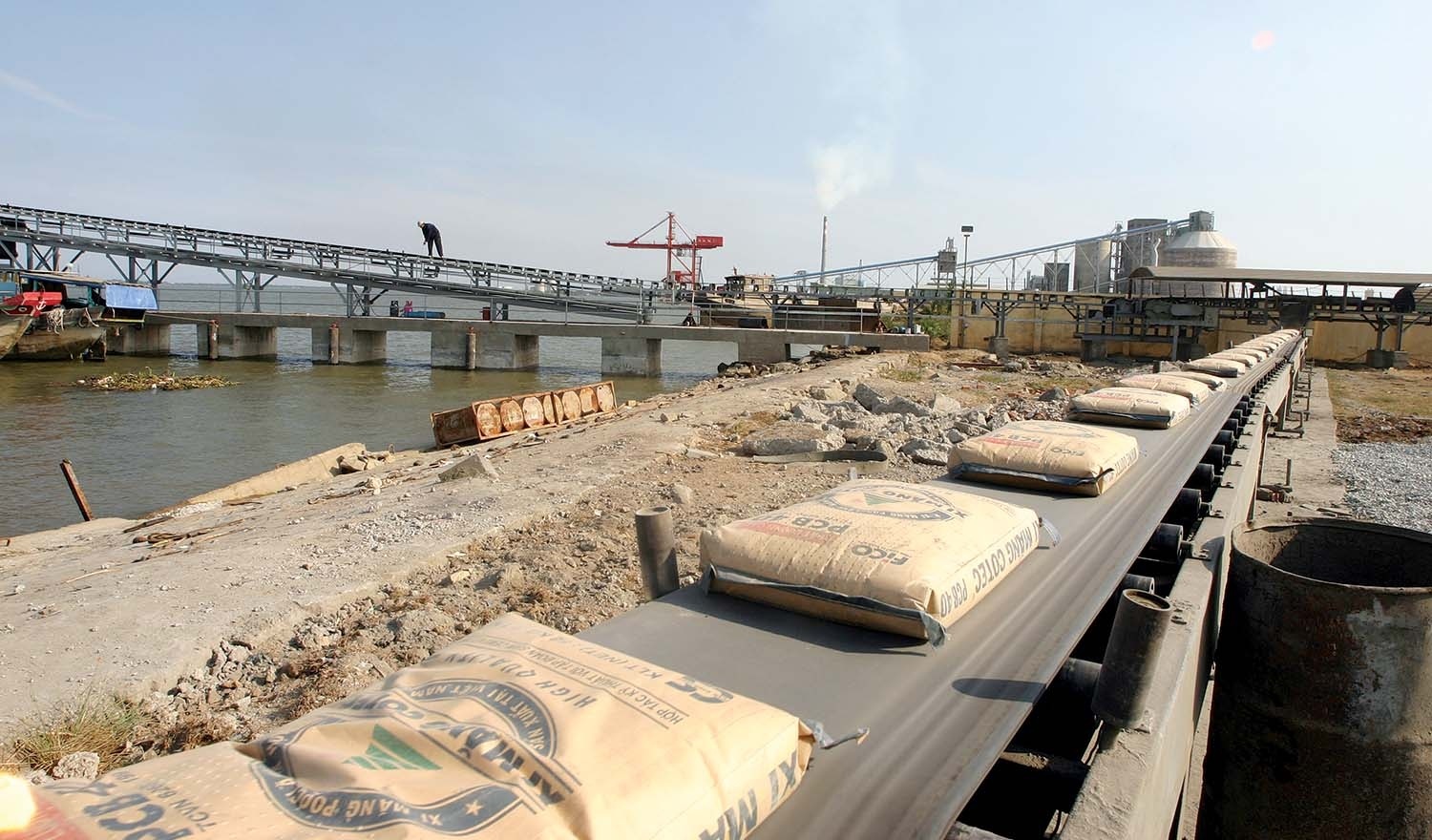
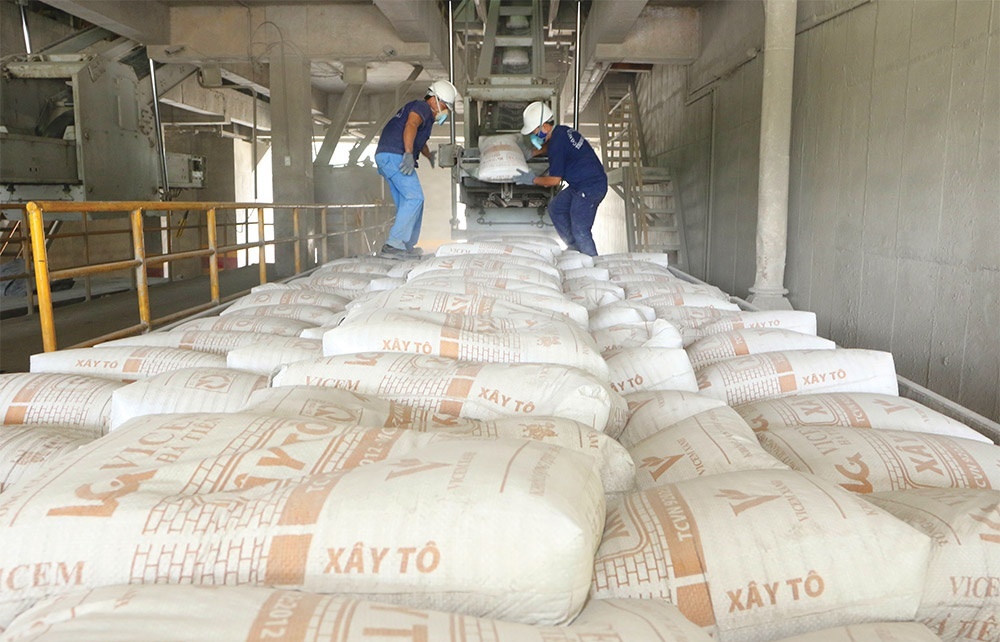
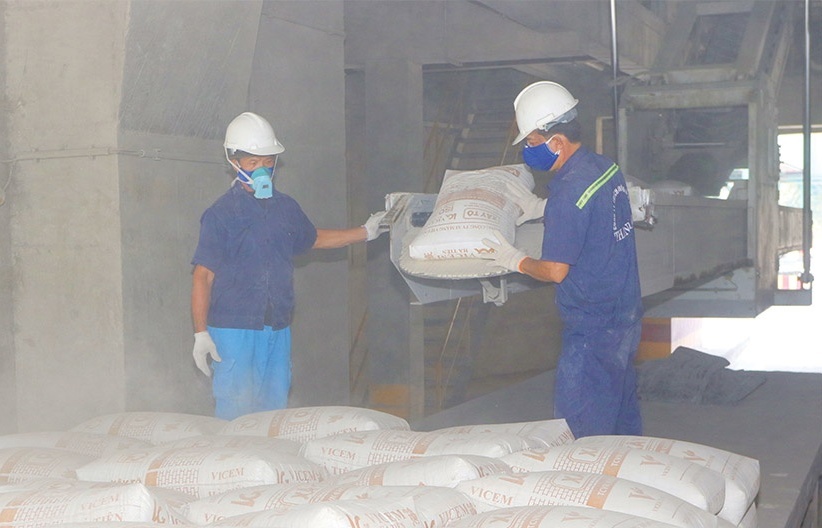
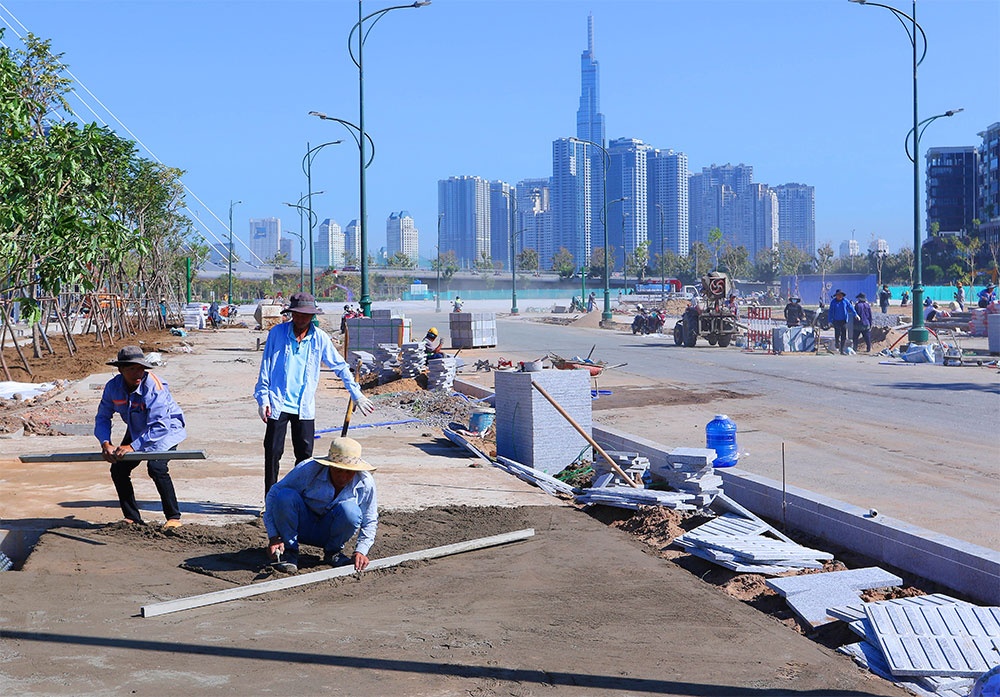
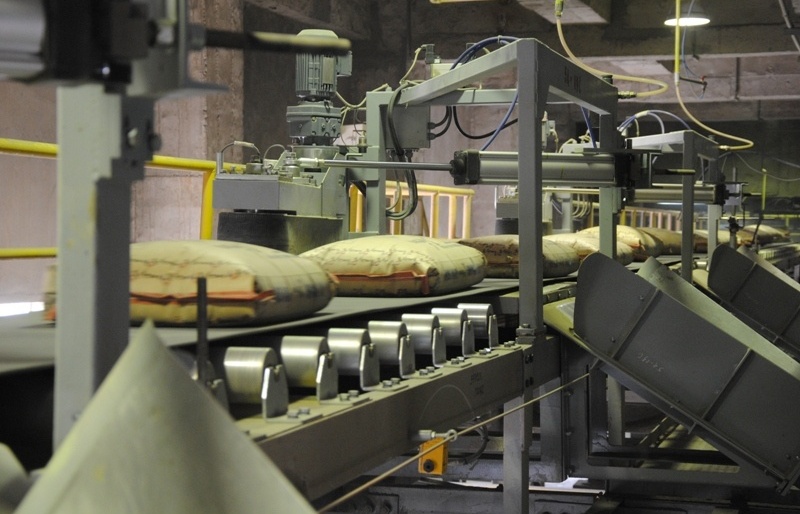
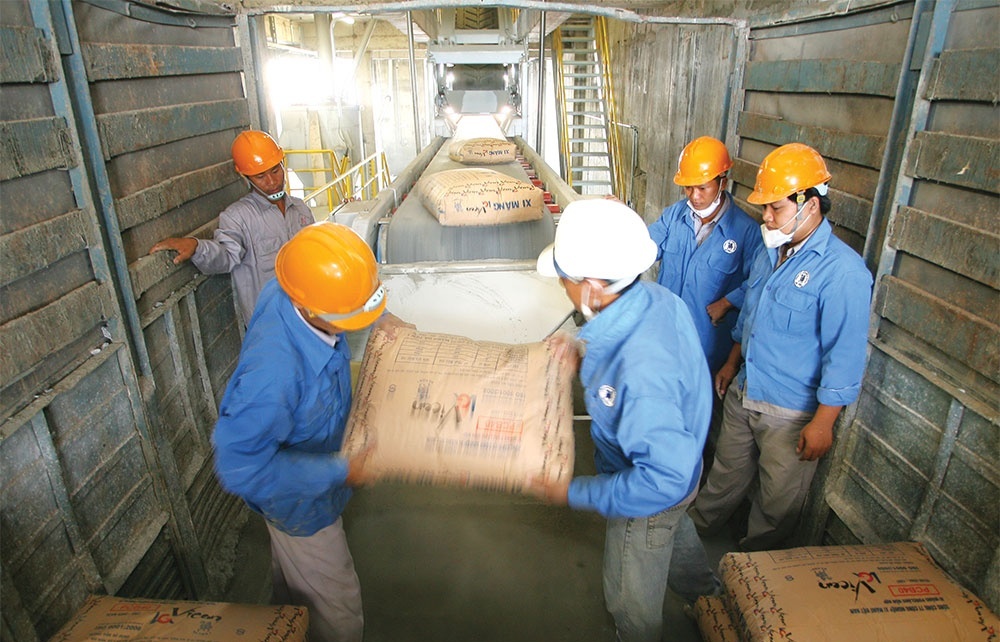













 Mobile Version
Mobile Version